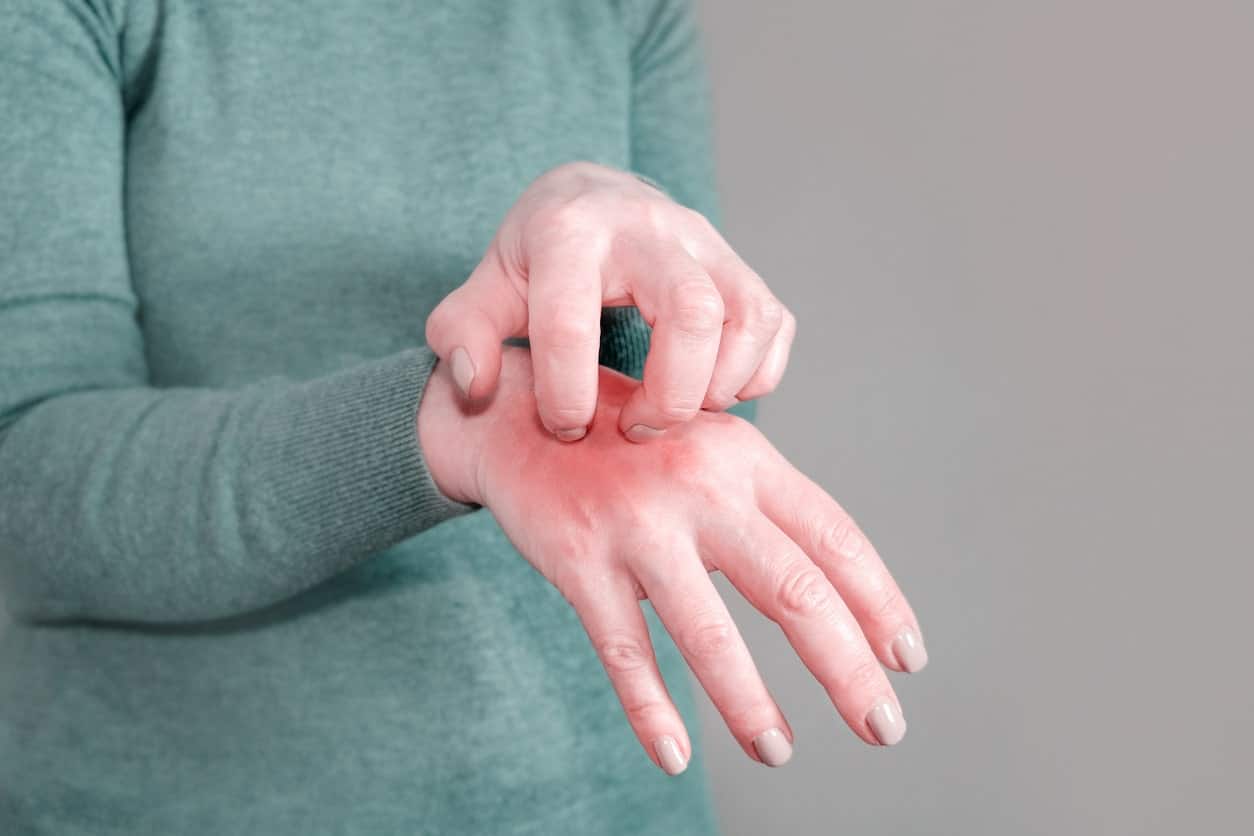Scabies is more common than many people realize. This highly contagious skin condition is caused by tiny mites called Sarcoptes scabiei, which burrow into the skin, leading to intense itching, rashes, and discomfort. While scabies is not dangerous, it spreads easily through close personal contact, making it important to recognize early and treat effectively. Medications like Ivermectin 12 mg and Iveremctin 6 mg commonly prescribed in tablet form, can help eliminate scabies when used properly.
In this article, we’ll explain how scabies spreads, why outbreaks often occur in households, and simple steps you can take to protect your family.
What Exactly Is Scabies?
Scabies occurs when mites burrow under the skin to lay eggs. The body reacts to these mites and their waste, leading to allergic reactions like intense itching, red rashes, and small blisters. Symptoms typically appear 4 to 6 weeks after initial exposure, but those previously infected may show signs much sooner.
Common areas affected include:
-
Between fingers
-
Around the waistline
-
Under arms
-
Around breasts or genitals
-
Inside elbows or knees
Although uncomfortable, scabies is entirely treatable with proper medication and hygiene steps.
How It Spreads
Scabies spreads primarily through:
1. Skin-to-Skin Contact
The most common way scabies is transmitted is through direct, prolonged skin contact with an infected person. This is why family members, sexual partners, and people living in close quarters are at higher risk.
Brief handshakes or casual touches typically don’t spread scabies; it usually requires prolonged contact.
2. Shared Clothing and Bedding
Mites can survive for 2-3 days off the human body, which means scabies can also spread through:
-
Sharing clothes
-
Using contaminated towels
-
Sleeping on infested bedding or sofas
If one family member has scabies, others can easily catch it through shared household items.
3. Crowded Living Conditions
It outbreaks are common in nursing homes, dormitories, childcare centers, and prisons where people are in constant close contact.
How to Protect Your Family from Scabies
Once It enters a household, it spreads fast. Here’s how you can protect your family:
1. Treat Everyone in the Household
Even if only one person shows symptoms, doctors recommend treating everyone in the home at the same time. This helps prevent reinfection from those who might carry the mites without symptoms.
2. Use Medications Properly
Doctors may prescribe creams like permethrin or oral medications like Ivermectin to kill the mites. Ivermectin tablets are especially useful for treating large outbreaks or severe cases. Always follow dosage instructions carefully and complete the full treatment course.
3. Wash All Clothing and Bedding
Wash clothes, bed sheets, and towels used in the last 72 hours in hot water and dry them on high heat. For items that can’t be washed, seal them in plastic bags for at least 3 days to starve and kill the mites.
4. Clean Household Surfaces
Vacuum sofas, mattresses, and floors thoroughly. While mites don’t survive long without human contact, it’s still essential to clean your environment to reduce the risk of spread.
5. Avoid Close Contact Until Treated
Once treatment begins, avoid close skin-to-skin contact until everyone in the household has completed their treatment plan.
Final Thoughts
It is an itchy, uncomfortable condition that spreads easily within families and communities. Knowing how scabies spreads is the first step in protecting your loved ones. Prompt treatment with medications like Ivermectin, combined with thorough home cleaning and hygiene practices, can help eliminate the problem quickly and prevent future outbreaks.
If someone in your home shows signs of infection, don’t ignore it—act fast to keep your family protected.






